Table of content
Introduction
Fresh, tender corn on the cob is a culinary delight enjoyed by many across the globe, especially during the summer months when corn is at its peak of freshness. Whether grilled, boiled, roasted, or even enjoyed raw, there are countless ways to prepare this sweet and nutritious vegetable. In this comprehensive guide, we will explore various methods for preparing fresh, tender corn on the cob, ensuring that you can enjoy this seasonal treat to its fullest potential. From selecting the perfect ears of corn to enhancing its natural flavors with simple seasonings, we’ll cover every step of the process.
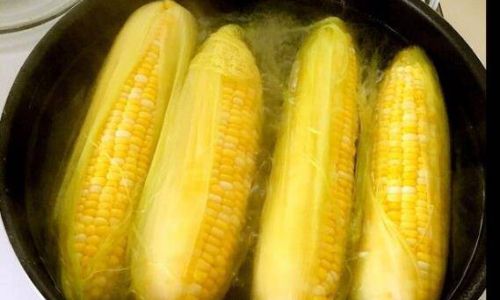
Section 1: Selecting the Best Fresh Corn
Before diving into the preparation methods, it’s crucial to know how to select the best fresh corn on the cob. Here are some key tips to ensure you bring home the freshest ears:
-
Husk Inspection: Look for husks that are bright green and tightly wrapped around the cob. Avoid ears with dried-out, brown, or torn husks as they may indicate that the corn is not fresh.
-
Silk Condition: The silks (the fine threads that protrude from the top of the cob) should be moist and slightly sticky. Dry or brittle silks can be a sign that the corn has been on the stalk for too long.
-
Feel the Kernels: Gently press your thumbnail against a few kernels. Fresh corn should yield slightly but still feel firm. If the kernels are too soft or too hard, it might indicate that the corn is overripe or underripe.
-
Color of Kernels: While yellow corn is the most common, you may also find white, bicolor (a mix of yellow and white), and even purple varieties. Regardless of the color, the kernels should be plump, even, and free from spots or discoloration.
-
Smell the Husk: Fresh corn should have a slightly sweet, earthy aroma. If the husk smells musty or moldy, it’s best to avoid it.
Section 2: Basic Preparation Techniques
Once you’ve selected your perfect ears of corn, it’s time to prepare them for cooking. Here are some fundamental steps you’ll need to follow:
-
Remove the Husk and Silk: Peel away the outer husks, discarding them. Use a paper towel or your fingers to gently pull away any remaining silks. Be careful not to break the cob in the process.
-
Rinse the Cob: Under cold running water, rinse the cob to remove any dirt or debris that might be stuck between the kernels. Pat it dry with a paper towel if necessary.
-
Trim the Stem End: Use a sharp knife to cut off the stem end of the cob, making it easier to handle and serve.
Section 3: Cooking Methods
Now that your corn is prepped, let’s explore various cooking methods to bring out its natural sweetness and texture.
Boiling
Boiling is one of the simplest and most popular methods for cooking corn on the cob. Here’s how to do it:
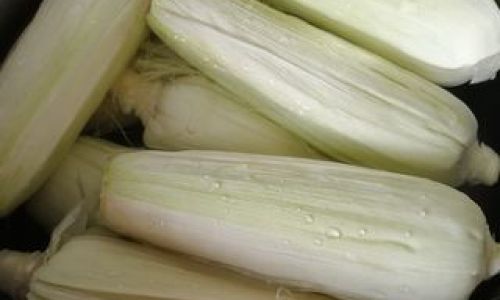
-
Fill a Pot with Water: Use a large pot and fill it with enough water to fully submerge the corn cobs. Add a pinch of salt to the water for flavor.
-
Bring to a Boil: Place the pot on the stove and bring the water to a rolling boil.
-
Add the Corn: Carefully lower the corn cobs into the boiling water using tongs or a slotted spoon.
-
Cooking Time: Boil for about 3-5 minutes for tender, crisp corn, or up to 10 minutes if you prefer a softer texture.
-
Drain and Serve: Remove the corn cobs from the water using tongs and let them drain on a kitchen towel or paper towels. Serve hot with your favorite butter, salt, and pepper.
Grilling
Grilling corn on the cob adds a smoky, caramelized flavor that’s perfect for summer barbecues. Here’s a step-by-step guide:
-
Preheat the Grill: Set your grill to medium-high heat and preheat it for about 10 minutes.
-
Prepare the Corn: You can leave the husks on for a more rustic flavor or remove them for easier grilling. If leaving the husks on, peel back the husks but leave them attached at the bottom to form a handle. Remove the silks.
-
Oil the Corn: Lightly brush the corn with olive oil or melted butter to prevent sticking and promote even grilling.
-
Grill the Corn: Place the corn on the grill grates. If using husked corn, grill for about 10-15 minutes, turning occasionally until the husks are charred and the corn is tender. For bare cobs, grill for about 5-7 minutes per side, or until the kernels are lightly charred and tender.
-
Serve: Remove the corn from the grill and let it cool slightly. Peel off the husks if used, and serve with your favorite toppings such as butter, salt, pepper, chili powder, or lime juice.
Roasting
Roasting corn in the oven is another delicious way to enjoy its natural sweetness. Here’s how:
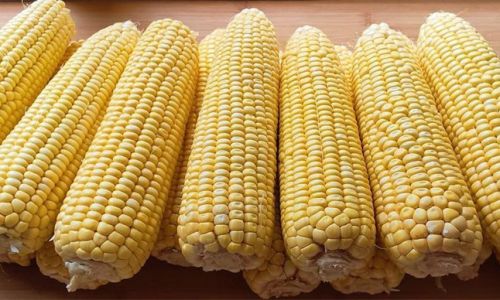
-
Preheat the Oven: Preheat your oven to 400°F (200°C).
-
Prepare the Corn: Peel the husks and silks from the corn cobs.
-
Season the Corn: Rub the cobs with olive oil or melted butter, then season with salt, pepper, and any other desired spices or herbs.
-
Roast the Corn: Place the corn on a baking sheet in a single layer. Roast for about 20-25 minutes, turning once halfway through, until the kernels are tender and lightly browned.
-
Serve: Remove the corn from the oven and let it cool slightly before serving. Top with additional butter, salt, pepper, or your favorite condiments.
Microwaving
For a quick and easy cooking method, microwaving corn on the cob is an excellent choice. Here’s how to do it:
-
Prepare the Corn: Peel the husks and silks from the corn cobs.
-
Wrap in Paper Towels: Place each ear of corn on a piece of paper towel and wrap it tightly.
-
Microwave: Place the wrapped corn on a microwave-safe plate and microwave on high for about 4-6 minutes, depending on the size of the cob and your microwave’s power.
-
Check for Tenderness: Carefully unwrap the corn and check for tenderness. If needed, microwave for an additional 1-2 minutes.
-
Serve: Let the corn cool slightly before serving. Add butter, salt, and pepper to taste.
Section 4: Enhancing Flavors
While fresh corn on the cob is delicious on its own, there are countless ways to elevate its flavor profile. Here are some ideas:
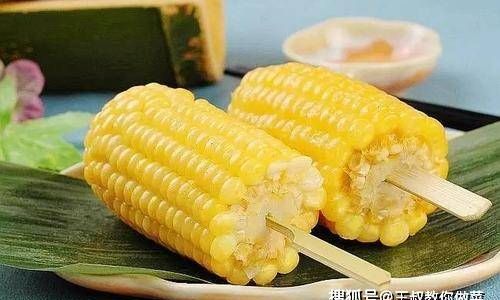
-
Butter and Salt: A classic combination that never disappoints. Use high-quality butter and a pinch of sea salt for the best results.
-
Herbs and Spices: Fresh herbs like parsley, cilantro, or dill can add a burst of fresh flavor. Spices like chili powder, paprika, or cumin can give your corn a spicy kick.
-
Cheese: Grated Parmesan, cheddar, or queso fresco can add a creamy, savory element to your corn.
-
Citrus: A squeeze of fresh lemon or lime juice can brighten up the flavor and add a refreshing tang.
-
Chili Lime Butter: Melt butter with minced garlic, chili flakes, and lime zest. Brush this mixture over the grilled or roasted corn for a flavorful twist.
-
Honey and Mustard: A drizzle of honey mixed with a touch of Dijon mustard can create a sweet and tangy glaze.
-
Epazote: This traditional Mexican herb pairs wonderfully with corn, adding an earthy, slightly lemony flavor.
Conclusion
Fresh, tender corn on the cob is a versatile and delicious summer staple. By following the tips for selecting the best ears of corn and experimenting with various cooking methods and flavor enhancements, you can enjoy this seasonal treat in countless ways. Whether you prefer the simplicity of boiling or the smoky charm of grilling, there’s a method that will suit your taste preferences and culinary style. So, the next time you find yourself at a farmer’s market or grocery store with a selection of fresh corn, don’t hesitate to bring some home and start exploring the endless possibilities of this beloved vegetable. Happy cooking!
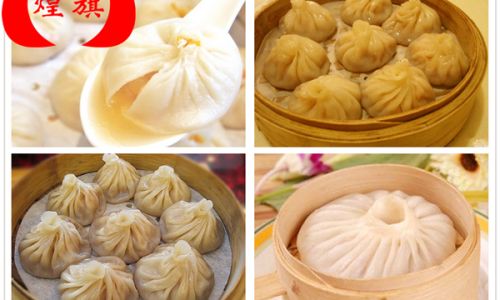
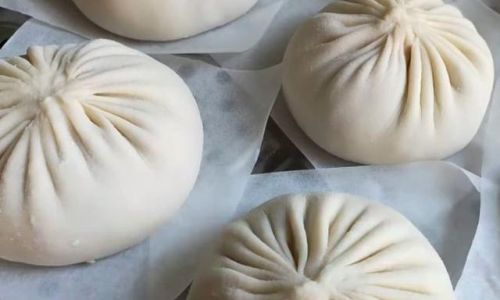
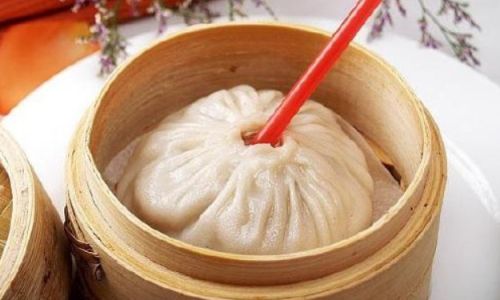
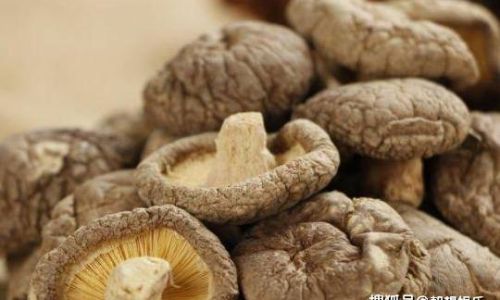
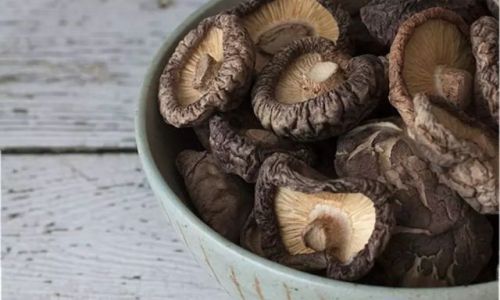
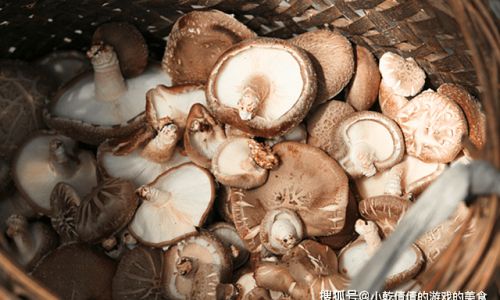
0 comments